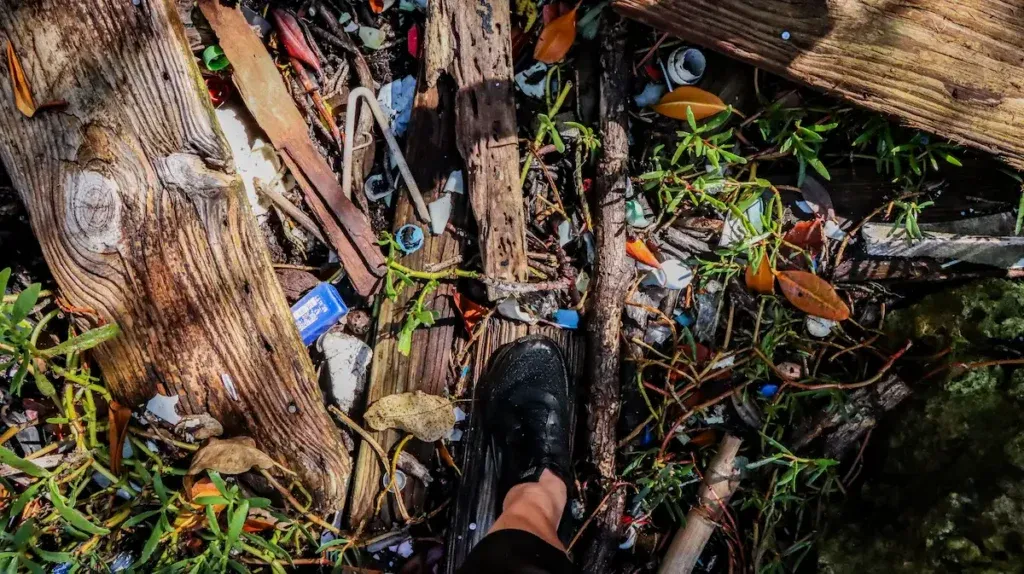Plastic Pollution Facts and Figures
The most recent, cited information on the plastic pollution crisis, its impacts on us and our ocean, as well as solutions
There’s a lot of information out there about plastics and plastic pollution. New research is published every day on the issue, and facts and figures evolve quickly. On this webpage, Ocean Conservancy’s team of plastics and ocean experts lay out the latest information on important topics like chemical recycling, plastics and climate change, the impacts of plastic pollution on ocean animals, lost and abandoned fishing gear (also known as ghost gear) and more.

Fact Sheets
Defining Plastics
Start here if you are looking to understand the basics of plastics. This is a great resource to better understand terms like “compostable,” “bio-based” or “biodegradable.
Ocean Plastic Pollution Facts and Figures
Find key statistics about the prevalence of plastic pollution and its impacts on the ocean, wildlife and even the food chain.
The United States' Contribution to Ocean Plastic Pollution
This fact sheet includes takeaways from a landmark 2020 paper co-authored by Ocean Conservancy scientists. It was published in peer-reviewed journal Science Advances and shows that the United States is a top contributor to the plastic pollution crisis when taking into account its waste exports.
Microplastics Facts & Figures
Microplastics are tiny pieces of plastic between 100nm and 5mm in size. Learn about the types, prevalence, and impact of microplastics on both human health and the environment.
Ghost Gear at a Glance
Abandoned, lost and otherwise discarded fishing gear is the deadliest form of plastic pollution to ocean animals. Learn more about this often misunderstood and underreported issue.
Plastics and Climate Change
99% of plastics are made from fossil fuels, and plastics are expected to make up to 20% of global oil demand by 2050. Learn more about the connection between plastics and climate change.
Personal Protective Equipment (PPE) and Ocean Plastic Pollution
The COVID-19 pandemic led to a huge uptick in plastic pollution. Here’s everything we know—including topline data from Ocean Conservancy’s International Coastal Cleanup—on personal protective equipment (PPE) like gloves and masks impacts on our ocean.
Foodware and Ocean Plastic Pollution
Ocean Conservancy data show that most of the plastics polluting our beaches and waterways are food and beverage packaging. And plastics show up in our food chain more than you probably think.
Defining What is Plastics Recycling and What is Not
We need plastics recycling to work if we want to fix the ocean plastics crisis. Don’t be fooled by fancy words like pyrolysis, gasification or chemical recycling. Learn the differences here.
The U.S. Plastic Pact's List of Problematic Plastics
In 2021, the U.S. Plastics Pact released a list of problematic plastics and plastics additives to eliminate from packaging, including PVC, polystyrene (foam) and more. See the list and understand its impacts and why Ocean Conservancy supports the elimination of these items.
Microfibers Fact Sheet
Here you can find facts and figures on the impact of microfiber pollution: the most prominent form of microplastics in the environment and ingested by animals.
Visit Our Action Center
Love the ocean? Turn your passion into impact. Explore urgent actions you can take right now to protect marine life and defend our ocean’s future.